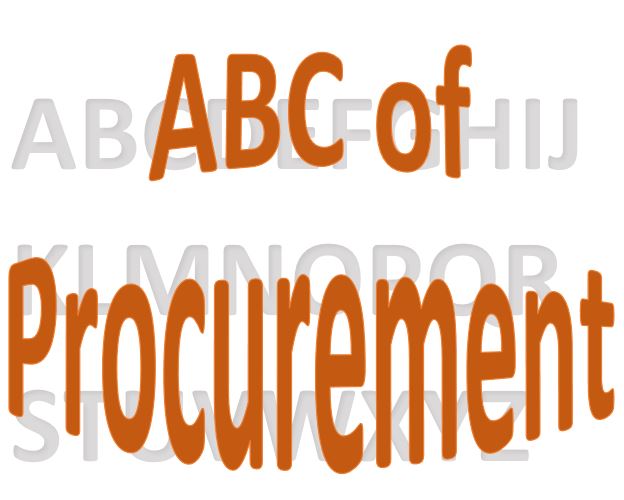This will sound familiar, as you have heard off, or worked in some of those departments. As the Supply chain as a theory and practical approach still evolves and adapts to the needs of the organization, often it is arranged in a completely different way.
S&OP – Sales and operations planning
This is a joint activity of the top management. So why am I discussing it in an article about Supply Chain Functions? Well, because it affects the entire Supply Chain. At its core, S&OP is an integrated business plan that aligns sales and production plans. This is the base of the supply chain to plan orders and deliveries. On many occasions, procurement and warehouses receive this plan and have to act accordingly. Hence the Supply Chain planner needs to take the given plan and see what Supply Chain needs to do to fulfil the requirements of the production team. And as well as to provide feedback to the S&OP board. This requires very high analytical skills as well as good stakeholder management.
Demand planning
This team collects data from sales and creates a distribution and warehousing plan. The aim is to meet future demand. So it is not a sales plan, where the sales team sits and estimates what will be sold, the promotions and new products. It is the second step, where the Supply Chain assures that they will have enough goods in the stores and warehouses to fulfil the orders. The most famous demand planning department is the one at IKEA. They are planning as far as 84 weeks in advance, making sure that products from factories all over the world reach the sales centres in sufficient quantity and at the right time.
Logistics
This is a very common department and it deals in general with all movement of goods. Whether this is raw materials, semi-finished products or the final product, if it moves around, logistics takes care of it. No matter if within the company or outside. Also, it covers all possible means to move the goods: planes, trains, trucks, conveyor belts or pallet trucks. And people movement is as well often managed by the logistics team. Many times, warehouses come under logistics, as it seems quite logical. After all, logistics bring in the goods and take them out, why not take care of their storage.
Transport
Transport is often mixed up with logistics, as it is the most visible part of it. Transport is the movement of people and goods outside the company. It is as well most often outsourced to specialized companies as it requires significant investment into trucks and busses.
Distribution
Found usually in trading companies, is again a part of logistics and at its core a form of transportation. The difference is that distribution transports goods from a wholesaler or producer to shops. Drivers in distributions have more responsibilities than to transport the goods. In some cases, they are active salespersons. In some others, their job is to collect the returnable packaging, unsold items, and to collect the order for the next day. This is all these small trucks and vans you see in the early morning racing around your neighbourhood. They usually have their assigned area where they deliver every day.
Customs clearance
In today’s connected world customs clearance is so important that it deserves a couple of sentences on its own. Here in the UAE, where I live and work, we have not only international borders. We have as well free zones, where similar rules and regulations apply as if it is a foreign country. The job around customs clearance is not only about import taxes and fees. Countries need different certifications and declarations of conformity to allow export or import. Special rules apply to different groups of goods. And the rules change, all the time. No one knows when and how. You arrive at the customs office and find out that you need one extra document. If you have people who do it well, pay them well. They make it look easy, but it is not.
Warehousing
Sometimes called storage, it has one main goal: to keep your goods secure and protected from anything that could damage it. It can be heat or cold, wild animals and pests, or humans. They also make sure they know what they have in stock, and what they have received and issued.
Inventory management
This is more often a function within another SUppply Chain department. But not necessarily. Imagine having a couple of warehouses, plus two distribution centres for good consolidation. And then some more inventory in the small stores in the back of your stores. Inventory management takes care that the goods are there where they are needed, not too little and not too many. They ship goods to and between the places, compare with the demand plan, go back to sales to create promos if they deem that some items will expire or not sell.
Customer service
You may ask, why am I mentioning customer service here? It is, sometimes, part of the supply chain. Mostly for goods where the support deals with shipment and replacement of goods. In this case, they usually do not provide any kind of technical help.
There are many ways to dissect the Supply Chain. This is one of them, to show the many pieces of the jigsaw called the Supply Chain. Like almost anything in Supply Chain, it depends on the industry and company who is doing what and what are the departments called. So, use this as a guideline, but not a rule.
Sources and links:
Centralised supply chain planning at IKEA
Centralised supply chain planning at IKEA
Sales and Operations Planning (S&OP): Process, Challenges, and Expert Tips

